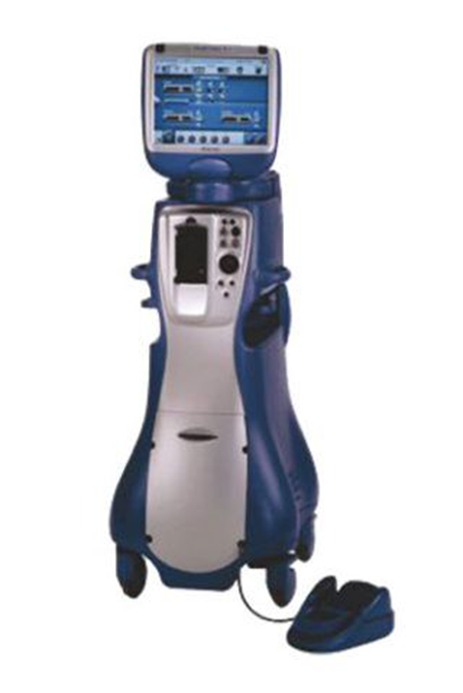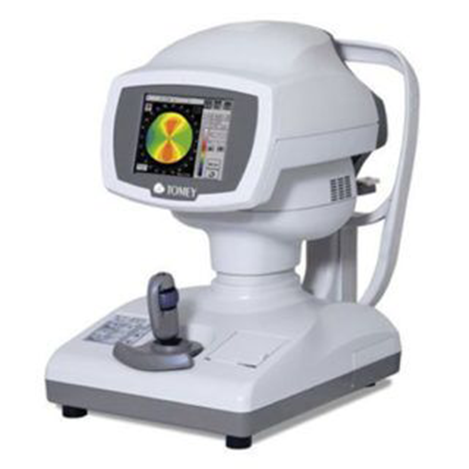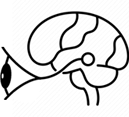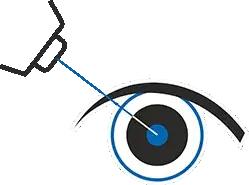What do you understand by Cataract?
A cataract is an eye condition characterized by the clouding of the natural lens in the eye, leading to vision loss. Naturally, the eye's lens is clear and allows light to pass through, focusing on the retina at the back of the eye. but when a cataract develops, the lens becomes cloudy and interferes with the normal passage of light.




















